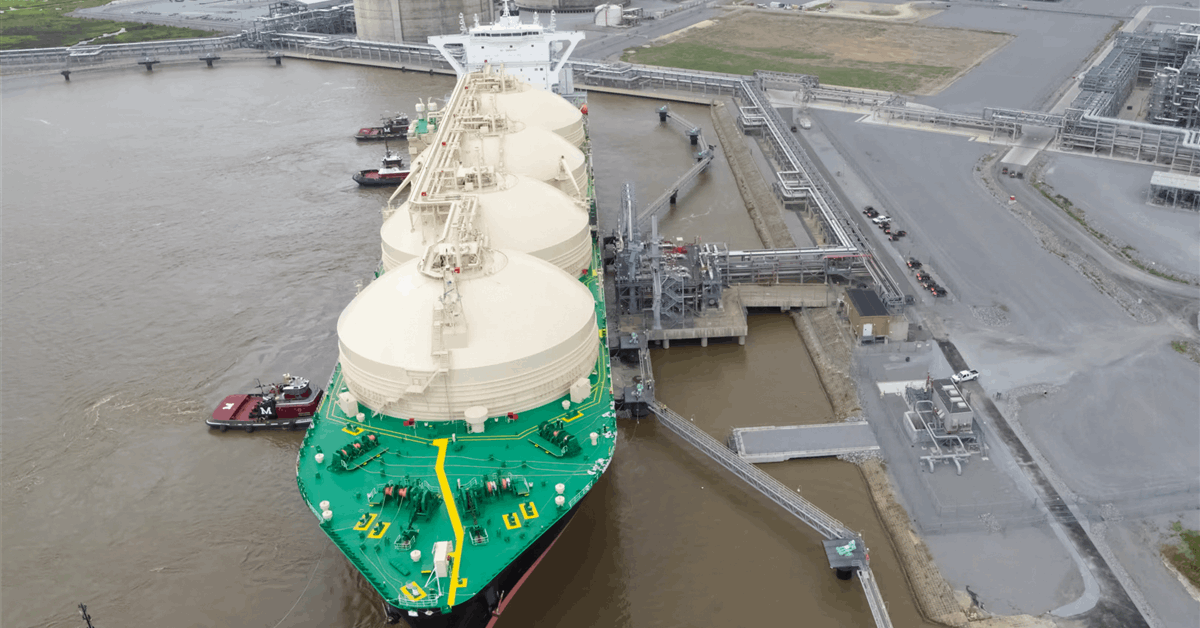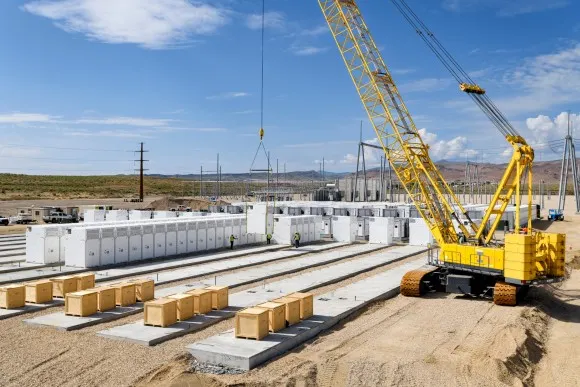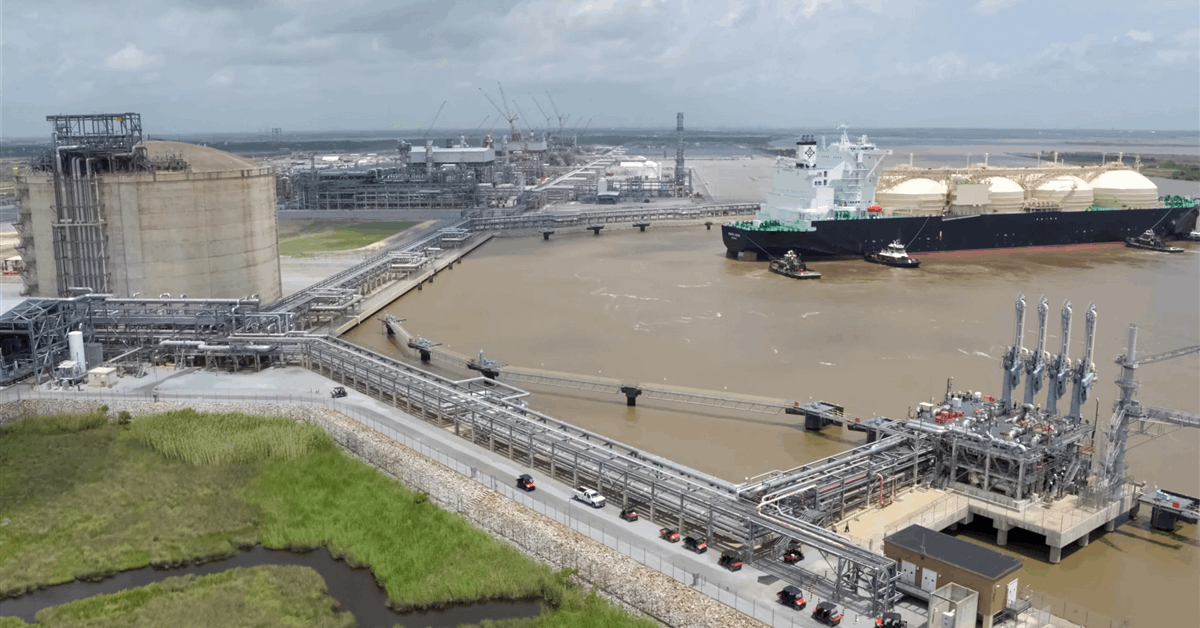
Preliminary official data showed Norway produced 296.9 million standard cubic meters a day (MMscmd) of natural gas in May, down for the third consecutive month by both sequential and year-on-year comparisons.
The month-on-month decrease was 13.2 percent while the year-on-year decrease was 7.9 percent. May’s gas production did beat the official forecast by 800,000 standard cubic meters per day, according to preliminary figures published by the Norwegian Offshore Directorate (NOD).
The Nordic country sold 9.2 billion standard cubic meters (Bscm) of gas last month. That is down by 1.1 Bscm from April, according to the upstream regulator.
Meanwhile Norway’s oil production in May averaged 1.81 million barrels per day (MMbd), down month-on-month and year-over-year. The figure exceeded the NOD projection for May by one percent and the projection for 2025 by 2.1 percent, the NOD said.
Total liquid production was 1.98 MMbd, down against April and the same period last year. It fell short of the forecast by 1.2 percent.
In late March Equinor ASA started producing oil at the Johan Castberg field in the Barents Sea. Recoverable volumes were initially estimated to be 450-650 million barrels but Equinor said it had identified 250-550 million new recoverable barrels.
Last Friday the Norwegian majority state-owned energy major said Johan Castberg has ramped up to capacity, or 220,000 barrels of oil per day.
“This increases energy deliveries from the Barents Sea by 150 percent”, Equinor said in a press release.
Johan Castberg is the third field developed on Norway’s side of the Barents Sea after Snohvit, which went online 2007, and Goliat, which began production 2016.
“Johan Castberg represents a gamechanger for the importance of the Barents Sea for Norway’s future as an energy nation. Every three to four days, tank loads now depart from Johan Castberg, each of them worth around half a billion Norwegian kroner”, Kjetil Hove, Equinor executive vice president for Norwegian exploration and production, said Friday.
“The field will remain on stream for at least 30 years, delivering stable energy to Europe, generating high value for Norway, and ripple effects and jobs in Northern Norway”.
As of year-end 2024 estimated resource volumes on the Norwegian continental shelf rose 36 million standard cubic meters of oil equivalent (scmoe) to 15.61 billion scmoe – before accounting for production, according to an NOD report February 2025.
The total figure consisted of 8.73 billion scmoe produced, 2.26 billion scmoe of reserves, 651 million scmoe of contingent resources in fields, 472 million scmoe of contingent resources in discoveries and 3.5 billion scmoe of undiscovered resources.
The produced volume rose 239 million scmoe from 2023, while reserves fell 205 million scmoe. Total contingent resources fell 17 million scmoe against 2023. Undiscovered resources grew 20 million scmoe against 2023.
The increase in undiscovered resources came from opened areas, with no change in undiscovered resources in unopened areas. “This change results from a reduction in undiscovered resources in the North Sea, coupled with increases in the Barents Sea and in the Norwegian Sea”, the Directorate said.
“Large areas in the Barents Sea have yet to be opened for petroleum activity, and this is where the greatest expected value for undiscovered resources can be found”, it noted.
To contact the author, email [email protected]
What do you think? We’d love to hear from you, join the conversation on the
Rigzone Energy Network.
The Rigzone Energy Network is a new social experience created for you and all energy professionals to Speak Up about our industry, share knowledge, connect with peers and industry insiders and engage in a professional community that will empower your career in energy.
MORE FROM THIS AUTHOR




















